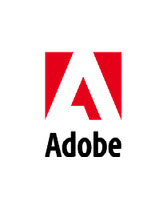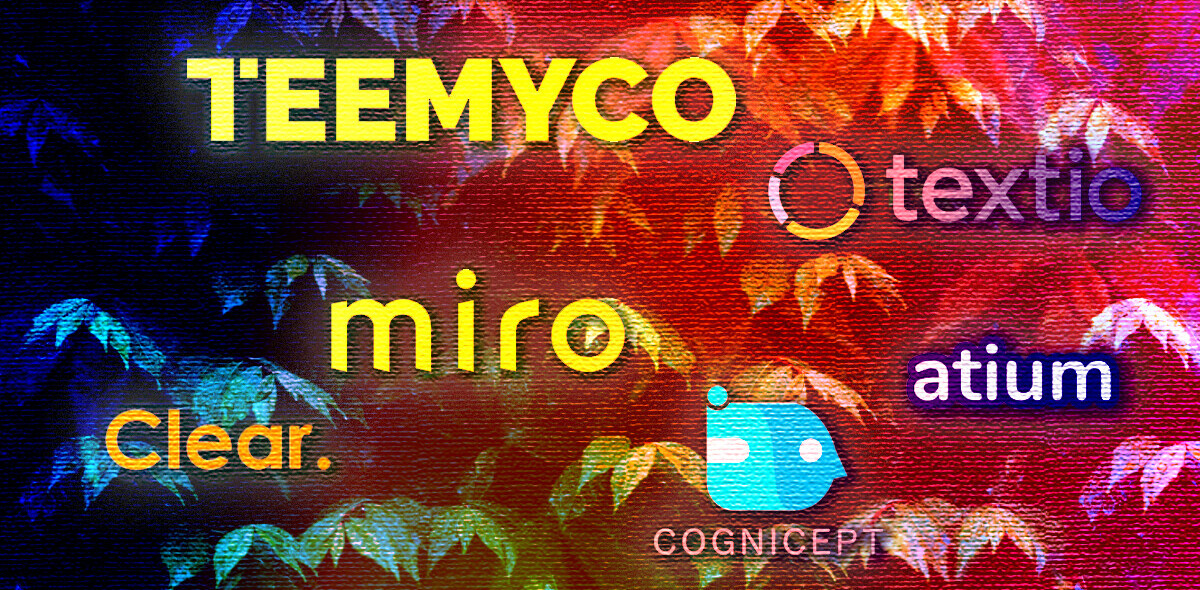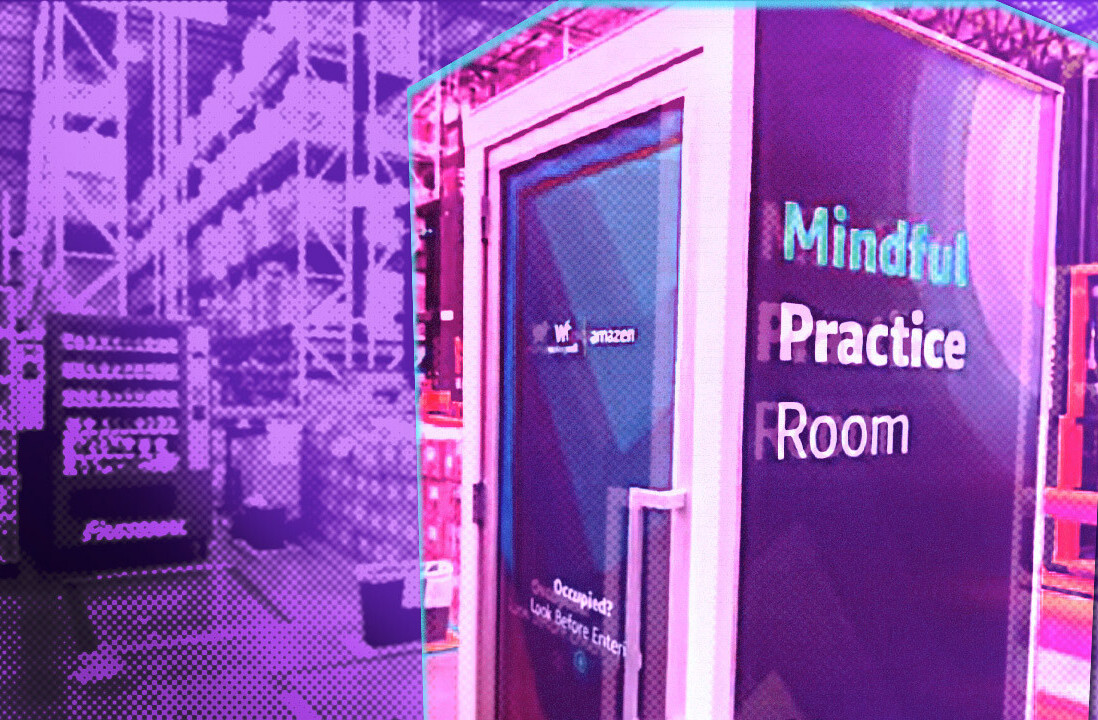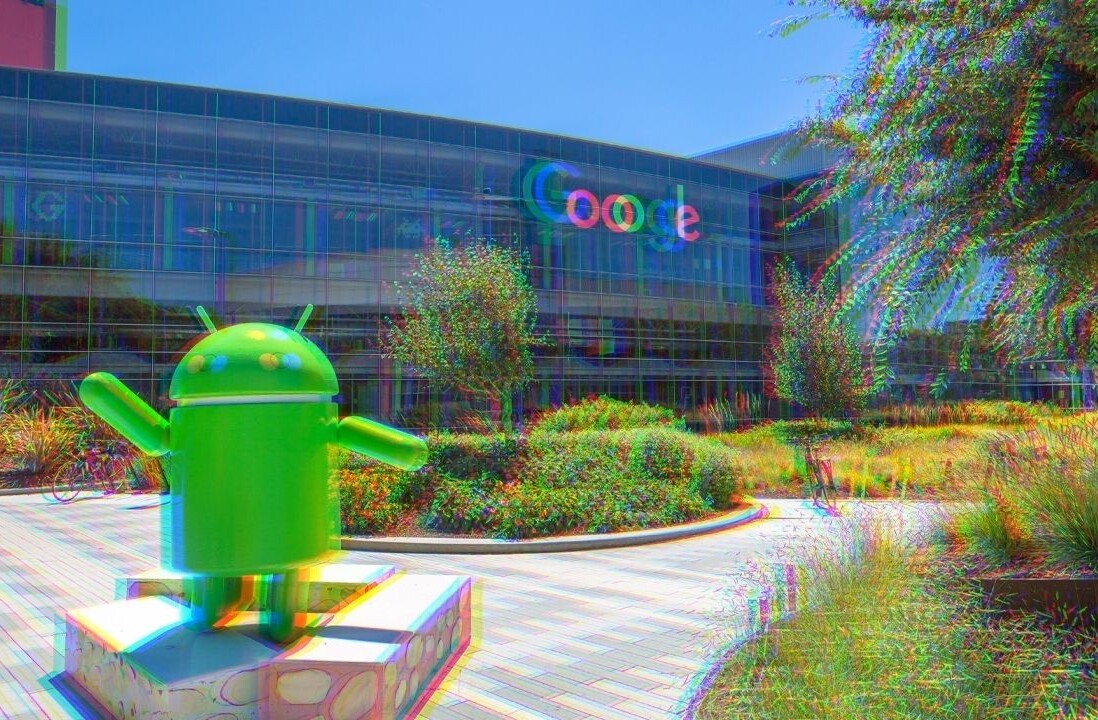In today’s digital landscape, it’s critical to understand why design matters beyond the realm of the creative department. After all, marketing, branding, sales, business collaborations, and partnerships all hinge on the strength of a company’s branding and its consistency.
It’s no longer enough to have a couple of graphic designers to shoulder the burden of this responsibility. In the social media age, a truly successful brand needs seamless harmony across different platforms, whether it’s in traditional advertising, communications, or customer service. It’s not just about engaging aesthetics, but ensuring that anyone who needs to work with the brand image can do so quickly and effectively. Not only does it save time and money, but everyone can stay on the same page with a greater sense of productivity.
We spoke with Adobe’s Principal Solutions Consultant, Bart Van de Wiele, who helps companies navigate rapidly-changing digital media through Adobe’s formidable suite of creative solutions. With a long background in graphic design, years of experience in software training, and a deep knowledge of the Adobe ecosystem, Van de Wiele is well-equipped to explain why basic design tools are a must-have resource for everybody.
Design is for everyone
You’d be surprised at how often non-designers could use design to make their jobs more effective.
“Imagine you’re a business manager, and you have an idea of how you think you can improve a certain business process internally,” says Van de Wiele. “And imagine that you’re gathering a meeting and you need 15-20 minutes to quickly convey your point — and then all of a sudden, you think of a better way to visualize your idea. You have access to an infinite amount of images that can help you support an idea or a metaphor — anything that you might have in your head.”
In reality, a business manager or marketer might not have access to a brand’s most up-to-date logo or color palette, and a graphic designer won’t always be available to help. Even something like proper typography could make a difference in bringing confidence and polish to a new proposal.
Citing a survey by Forrester, Van de Wiele believes that creativity should be a critical part of any business philosophy. “More than 82% of the people, the decision-makers, the executives that they interviewed, believe that a company can gain larger business benefits, like revenue growth or market share, if the employees have a more creative mindset,” he tells TNW.
Creativity isn’t just about developing a business’s logo or graphics — but about finding better and more effective ways to help non-designers succeed.
Getting started
Creativity can be a daunting task, especially for those who lack experience. For Van de Wiele, Adobe offers a convenient way for non-designers to get their feet wet — newcomers can start with a free Adobe ID to access services like Adobe Spark for building social media graphics or start collaborating with existing designers.
“The actual designer can create a dedicated library for you,” he explains. “Imagine you’re in marketing. What I can do is create a library of product shoots, brand colors, brand styles, maybe the logos, the icons, or anything else you might need.” And no need to worry about non-designers tampering with precious files — you can set read-only access to an up-to-date database without risk of altering or removing the files.
“It’s a bit like following a Spotify playlist,” Van de Wiele explains. “If you like it, you have to subscribe to it. If the owner of the playlist adds a few extra songs, you’ll see that reflected on the updated playlist.”
You can also apply your new Adobe library to Office 365 — a handy feature for people working in PowerPoint and Word who want an exact match for paragraph styles, company colors, and text properties.
The next step up is Adobe Spark, a free solution with premium features. Van de Wiele describes it as an all-round tool to create anything you might need — webpages, video, social media graphics — with minimal fuss. Besides providing preset graphics dimensions for online platforms and built-in collaboration tools for marketers and entrepreneurs, Spark is, according to Van de Wiele, “easier than Powerpoint.” All you need to know is how to move text around, and place and crop images.
Not only does this streamline workflow by improving accessibility, but it also empowers all non-designers in the company to do simple design-related work on their own.
Smarter searching
Finding the right image is a critical part of good design, but finding it painlessly is another story. As visual imagery is such a powerful part of media today, Adobe Stock has developed more intuitive tools to improve its search functions.
“It doesn’t matter how big your stock imagery database is,” Van de Wiele points out. “If I type in a word — guitar, surfer, dog under an umbrella, whatever — if that returns me 5 million hits, how is that going to help me?”
Adobe Stock allows you to click on elements of a photo — like a dog or umbrella — and reposition them as you need. Being able to move the dog to the right of the frame and search for photos with a similar composition is a simple but revolutionary step towards better efficiency.
“You’re sketching up your idea, basically,” he says. “That is really going to shorten the production time that you have, or that you need in order to accomplish something like that. And that’s just available to everyone.”
All roads lead to Photoshop
Van de Wiele also encourages everyone to try Photoshop, but to start with the basics.
“First learn how to crop, resize an image, those basic things,” he suggests. He also recommends getting to know Camera Raw, “a filter in Photoshop which gives you access to basically any image optimization feature to give your pictures a professional look.”
With 18 years of experience under his belt, Van de Wiele observes that while technologies have changed our methods of design, “what has not changed is how a designer is briefed on an assignment, how work is sent for review, and how design assets are shared and stored.”
Adobe’s integrated ecosystem drags outdated briefing processes and resource management into the 21st century. “For design, specifically, 40% of the creative leads that we’ve spoken to in the past have told us that outdated workflows are slowing down their core processes,” he says. Providing greater accessibility and usability for non-designers creates immediate material benefits for employees.
Bringing non-designers in sync with design work streamlines our ability to tell better visual stories. “Basically, you have to look at graphic design as something that’s not a product on its own, but something that emphasizes your message,” Van de Wiele says. “It’s a means to help you communicate and get your message across. And that’s the thing, it basically all comes down to communication.”
Want to learn more about how to seamlessly integrate design into your workforce? Adobe’s Principal Solutions Consultant Bart van de Wiele will be speaking at TNW2020! Register now.
Get the TNW newsletter
Get the most important tech news in your inbox each week.







